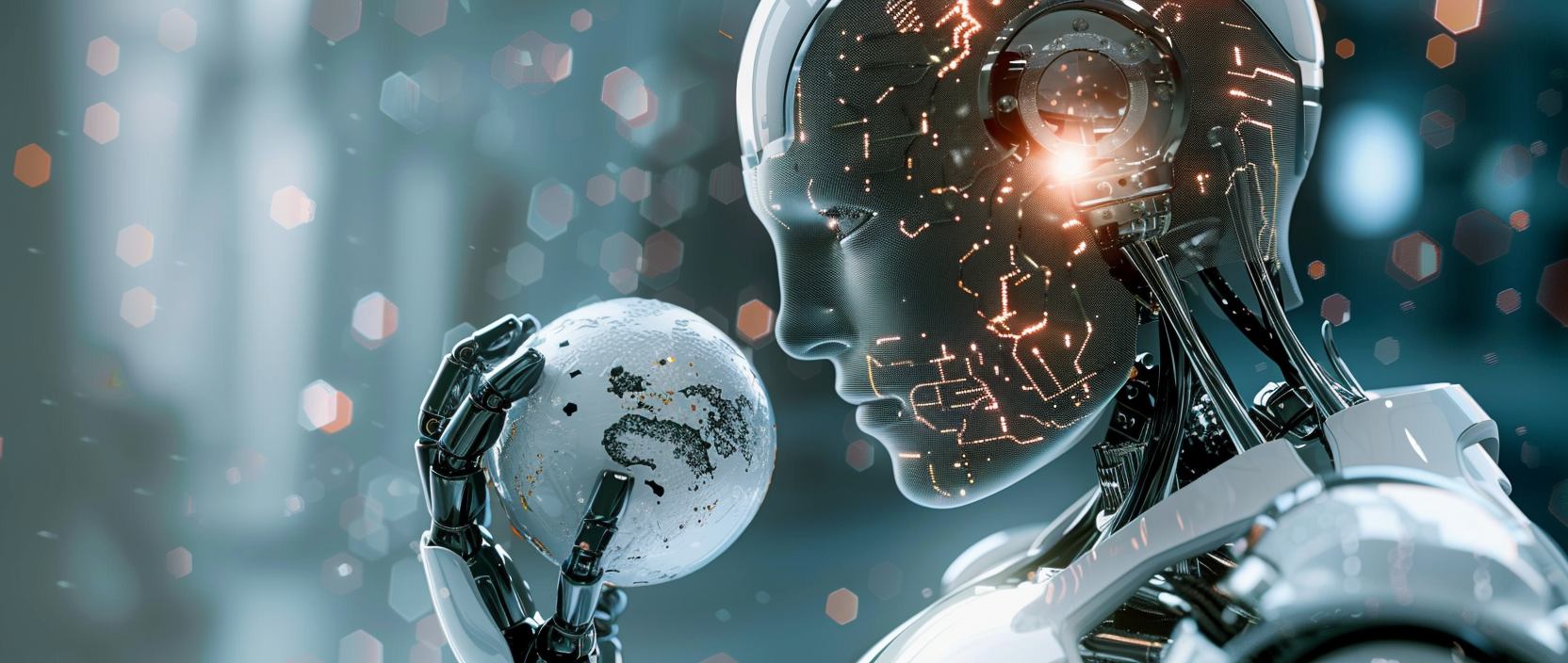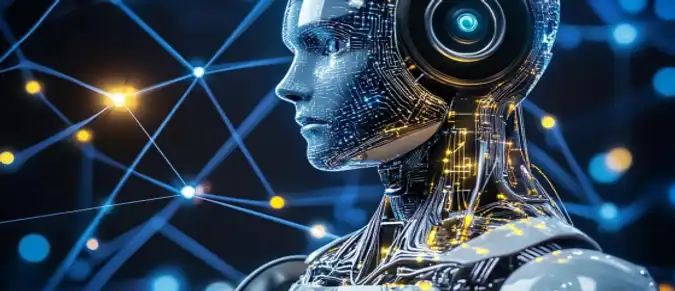With the development of artificial intelligence and platforms like Superintelligence.io, technologies are reaching new heights, including in cryptocurrencies and blockchain. One of the most promising directions in this field is Artificial Superintelligence (ASI), which has the potential to radically transform the crypto industry. The Artificial Superintelligence Alliance, represented on the Superintelligence.io platform, brings together leading experts and companies to develop technologies that merge AI with blockchain solutions.
Content:
- The Technology of Artificial Superintelligence and Its Role in the Crypto Industry on Superintelligence.io
- Advantages of Using ASI in Blockchain Systems
- Risks and Challenges for Cryptocurrency Markets
- Global Economic Changes Under the Influence of ASI
- Conclusion

The Technology of Artificial Superintelligence and Its Role in the Crypto Industry on Superintelligence.io
Artificial Superintelligence (ASI) is an advanced form of AI capable of solving tasks that require intellectual efforts beyond human abilities. In the crypto industry, ASI can significantly speed up processes such as mining and transaction verification, making them more efficient. The Superintelligence.io platform actively supports the development of ASI technologies that integrate AI with decentralized solutions, improving overall system performance and security.
Main uses of ASI on the Superintelligence.io platform include:
- Automation of mining processes and optimization of energy efficiency
- Faster transactions and increased security through predictive analytics
- Improved smart contracts thanks to self-learning algorithms
Advantages of Using ASI in Blockchain Systems
Superintelligence.io enables the integration of ASI with blockchain technologies, opening new horizons for the development of cryptocurrency systems. With its computational power and self-learning capabilities, ASI can solve scalability, security, and energy efficiency issues. This allows for the creation of blockchain solutions that automatically adapt to changing market conditions.
Advantages of using ASI on the Superintelligence.io platform include:
- Enhanced security of decentralized networks by using AI to predict threats
- Scalability, ensuring stable network performance even under heavy loads
- Reduction of energy costs through the analysis and optimization of blockchain operations
| ASI Technology | Benefits for Cryptocurrencies |
|---|---|
| Automation | Reduction of mining costs |
| Self-learning | Improved smart contracts |
| Security | Predictive analytics |
| Scalability | Resilience under heavy loads |
Risks and Challenges for Cryptocurrency Markets
Although the Superintelligence.io platform offers significant improvements in the field of cryptocurrencies and blockchain technologies, there are also risks. The primary threat is that powerful AI systems could be concentrated in the hands of a few players, which could undermine decentralization. Additionally, ASI may become a target for hackers who use advanced attack methods.
Some key risks include:
- Potential vulnerability to new types of cyberattacks
- Lack of transparency and complexity in regulating ASI technologies
- Risks to data privacy in fully automated processes
Global Economic Changes Under the Influence of ASI
Superintelligence.io and other platforms developing ASI technologies could become the foundation for radical economic changes. These systems can predict economic trends and adapt to them, significantly speeding up global transactions and increasing transparency. Decentralized finance (DeFi) supported by ASI will be able to offer solutions for sustainable global economic development, leading to more equitable financial models.
Systems integrated with ASI will also be able to allocate resources more efficiently, reducing trade barriers between countries and regional economies.
Conclusion
Superintelligence.io and other projects developing artificial superintelligence demonstrate enormous potential for changing the cryptocurrency and blockchain sectors. These technologies have the capacity to not only improve existing systems but also create new approaches to security, scalability, and decentralization. However, there are several risks associated with the concentration of computational power and threats from cyberattacks, requiring further research and the development of global regulatory frameworks.




